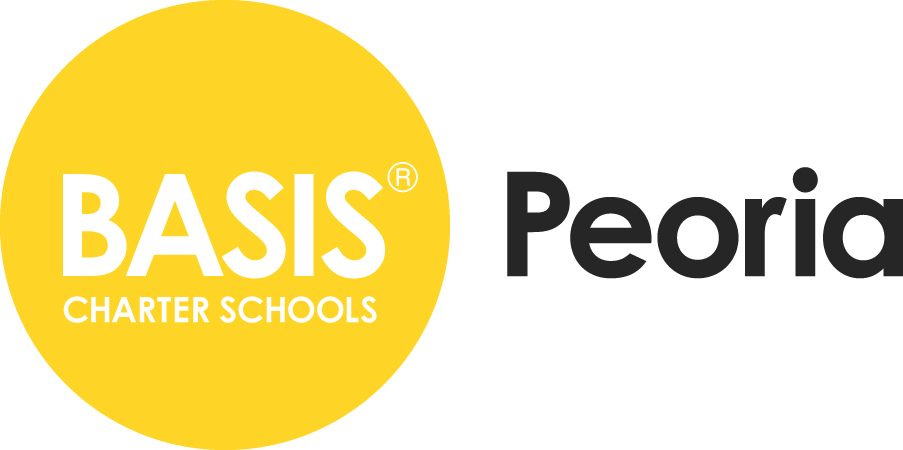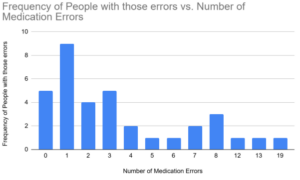Investigating the communication mistakes of blood pressure medications: Week 3
Swagat D -
Hello There! Nice to see you at my 3rd blog post! This week was very interesting, especially data wise, so let’s get into it.
Acquiring the data still remained the same, but something amazing happened today. I got over 30 data points! You might be wondering what the significance is for this. Well, like I said in my previous blog post, I intend to conduct a one-sample T test. One of the conditions is called Large Sample Condition, stating that if you have 30+ data points, we can assume that we have sampled our data from a Normal/Gaussian distribution (which is just randomly collecting data most commonly).
I played with the data a little, and here are the results. The sample mean was 3.52 medication errors per patient, with a sample standard deviation of 4.09. When conducting the statistical test, I got a p-value of 0.48. Using the significance value of α = 0.05, we can conclude that Southwest Kidney Institute patients seem to have similar medication errors compared to a hypothetical national average. Although this is not the full data set, it does provide some insight that this institute might be having similar issues with medication errors compared to other facilities around the nation.
Additionally, I created a bar chart with the data. The bar chart seems to be unimodal, skewed right, have a few unusual points, and have the mean at 2.92 medications and median at 2 medications (skewed right graphs tend to have a higher mean than median). When I acquire more data in the next few weeks, I will begin to see more trends in the data and provide more clarity for my data of medication errors (Bar graph will be attached below).
Finally, I shadowed Dr. Sharma for the first time, and it was very enlightening. She spoke very eloquently and made sure to discuss every single point clearly, which sometimes meant that she had to speak louder for her older patients. She would check my medication errors to ensure that everything was updated, so that patients would be more conscious of their health and medication list. Finally, she would also ask about their lives and how they were doing to excite the patients up, something I’ve commonly noticed with physicians. I’m keeping note of the advice Dr. Sharma is bestowing me for good use later.
Thank you for reading my blog post, and I will see you next week!

